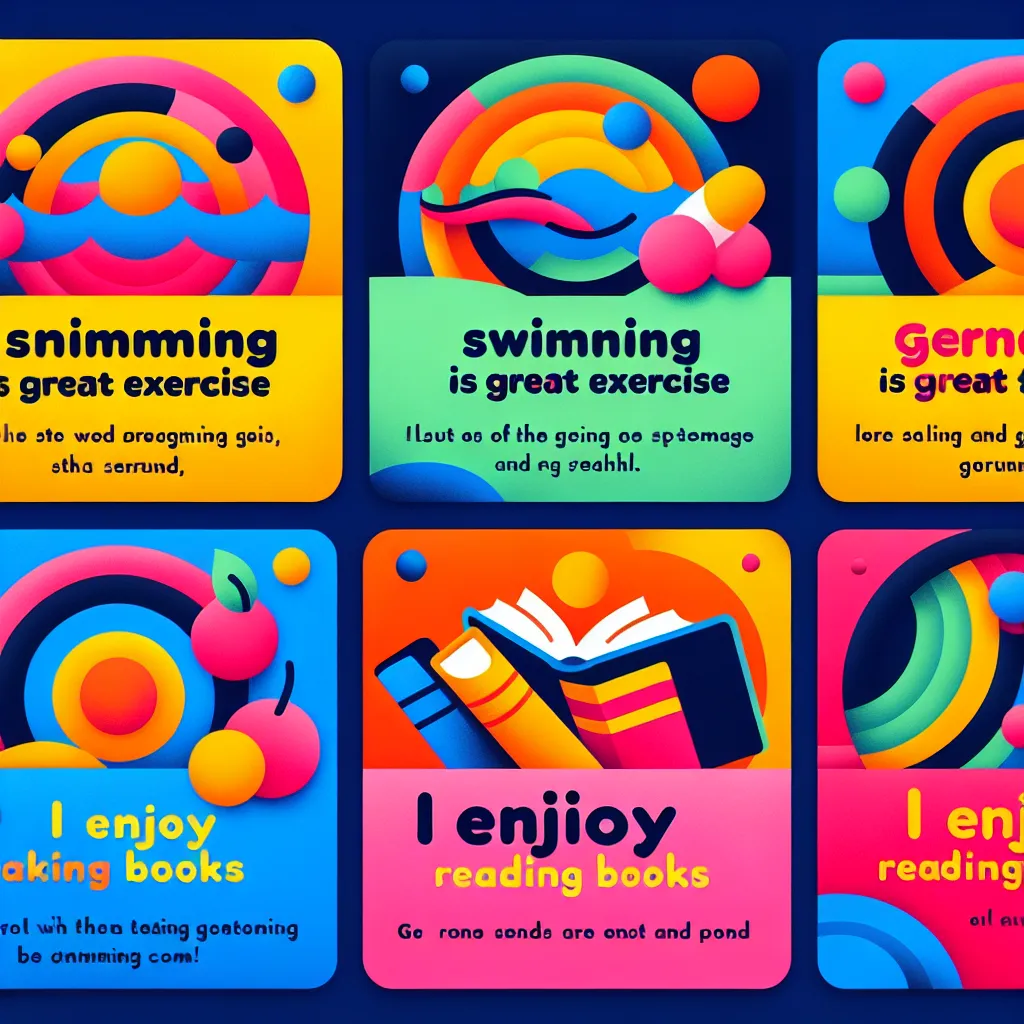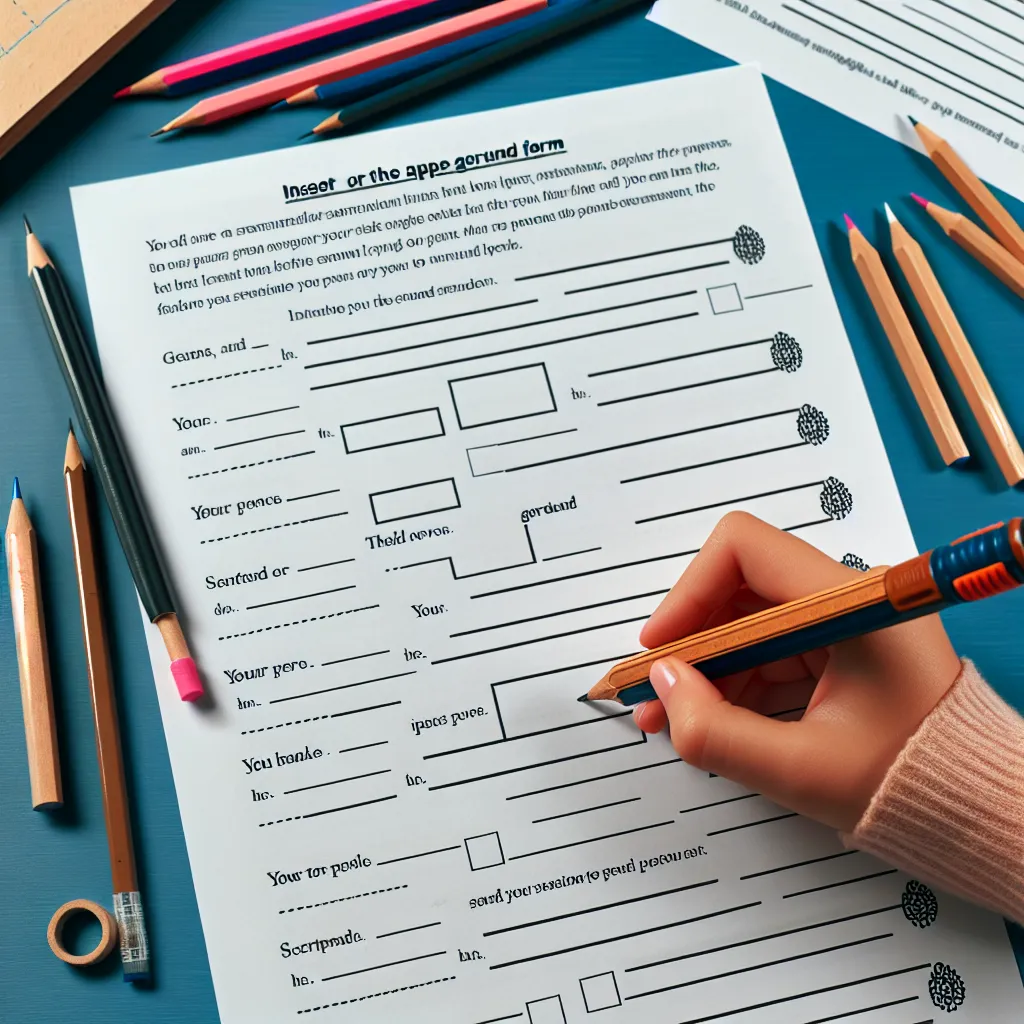Mastering the use of gerunds is a crucial step in enhancing your English language skills. Whether you’re preparing for the IELTS exam or simply aiming to improve your grammar, understanding gerunds can significantly boost your proficiency. This comprehensive guide will walk you through the intricacies of gerunds, providing you with practical tips and examples to perfect your usage.
What Are Gerunds and Why Are They Important?
Gerunds are verb forms that function as nouns in a sentence. They are created by adding “-ing” to the base form of a verb. For example, “running,” “swimming,” and “reading” can all function as gerunds. These versatile words play a vital role in English grammar, allowing for more nuanced and sophisticated expression.
Understanding gerunds is crucial because:
- They add flexibility to sentence structure
- They allow for more concise communication
- They are commonly used in both formal and informal English
- They are frequently tested in language proficiency exams like IELTS
 Examples of Gerunds
Examples of Gerunds
Common Uses of Gerunds
1. As the Subject of a Sentence
Gerunds often serve as the subject of a sentence. For example:
- “Swimming is great exercise.”
- “Reading improves vocabulary.”
In these sentences, “swimming” and “reading” are gerunds functioning as the subject.
2. After Prepositions
Gerunds commonly follow prepositions. For instance:
- “She’s interested in learning French.”
- “They’re excited about traveling to Europe.”
Here, “learning” and “traveling” are gerunds that follow the prepositions “in” and “about,” respectively.
3. As the Object of Certain Verbs
Some verbs are typically followed by gerunds. Examples include:
- “I enjoy cooking Italian food.”
- “She avoids eating sweets.”
In these cases, “cooking” and “eating” are gerunds serving as the objects of “enjoy” and “avoids.”
Tips for Mastering Gerunds
1. Practice with Common Verb + Gerund Combinations
Many verbs are commonly followed by gerunds. Familiarize yourself with these combinations:
- Enjoy + gerund: “I enjoy swimming.”
- Avoid + gerund: “She avoids eating junk food.”
- Consider + gerund: “They’re considering moving to a new city.”
- Finish + gerund: “Have you finished writing your essay?”
Practice using these combinations in your own sentences to reinforce your understanding.
2. Distinguish Between Gerunds and Present Participles
While gerunds and present participles look identical, they function differently in sentences. Gerunds act as nouns, while present participles form continuous tenses or act as adjectives. For example:
- Gerund: “Swimming is my favorite sport.” (noun)
- Present Participle: “I am swimming in the pool.” (continuous tense)
Understanding this distinction will help you use gerunds more accurately.
3. Use Gerunds in Complex Sentences
Incorporate gerunds into more complex sentence structures to enhance your writing:
- “Despite enjoying the party, Sarah left early due to her early morning meeting.”
- “By practicing regularly, John improved his piano skills significantly.”
These sentences demonstrate how gerunds can add depth and complexity to your expression.
 Gerund Practice Exercises
Gerund Practice Exercises
Common Mistakes to Avoid
1. Confusing Gerunds with Infinitives
Some verbs can be followed by either gerunds or infinitives, but with different meanings. For example:
- “I stopped smoking.” (quit the habit)
- “I stopped to smoke.” (paused an activity to smoke)
Be aware of these subtle differences to convey your intended meaning accurately.
2. Incorrect Possessive Forms Before Gerunds
In formal English, use possessive forms before gerunds when indicating the subject of the action:
- Correct: “I appreciate your helping me with the project.”
- Incorrect: “I appreciate you helping me with the project.”
This rule can be tricky, so pay extra attention when using gerunds in this context.
3. Forgetting to Use Gerunds After Prepositions
Always use gerunds after prepositions, not infinitives:
- Correct: “She’s interested in learning French.”
- Incorrect: “She’s interested in to learn French.”
This is a common mistake for many English learners, so practice this rule consistently.
Practical Exercises to Improve Your Gerund Usage
- Sentence Transformation: Convert sentences using infinitives to sentences using gerunds.
- Gap-Fill Exercises: Complete sentences by choosing the correct gerund form.
- Error Correction: Identify and correct mistakes in sentences involving gerunds.
- Writing Practice: Compose short paragraphs using a variety of gerund structures.
Regular practice with these exercises will help solidify your understanding and usage of gerunds.
Conclusion
Perfecting The Use Of Gerunds is a valuable skill that will enhance your overall English proficiency. By understanding their various functions, practicing common combinations, and avoiding typical mistakes, you’ll be well on your way to mastering this essential aspect of English grammar. Remember, consistent practice and exposure to authentic English materials are key to internalizing these rules and using gerunds naturally in your communication.
Keep challenging yourself with increasingly complex sentences and don’t hesitate to seek feedback from native speakers or language teachers. With dedication and practice, you’ll soon find yourself using gerunds with confidence and precision in both your IELTS preparation and everyday English usage.




